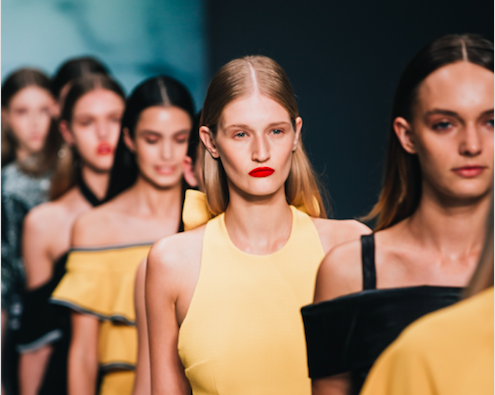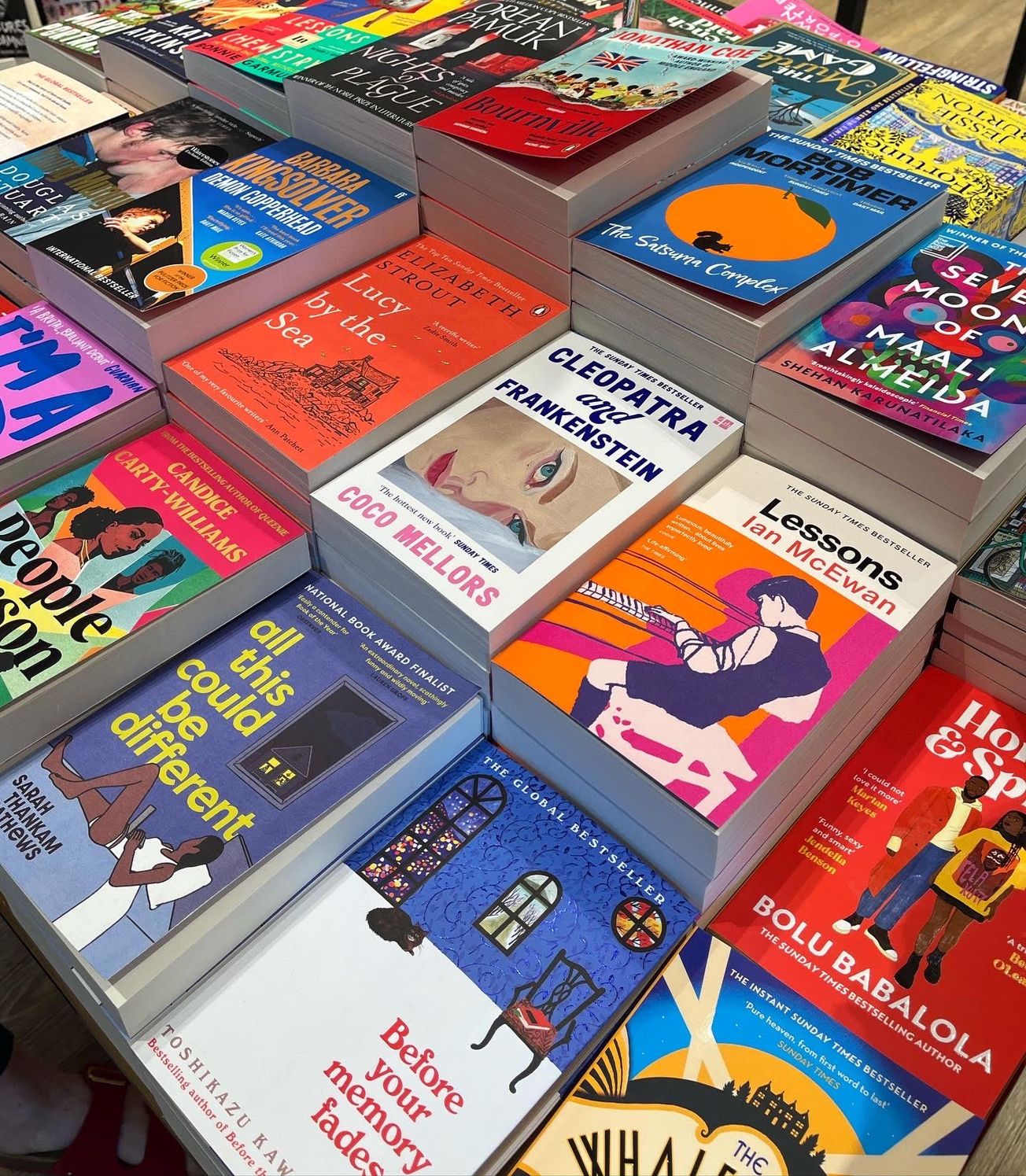By Annelise Moses, Second Year History
Annelise Moses discusses the groundbreaking impact of Christian Dior's 'New Look' collection, and how it paved a change for feminism in fashion
In light of the new 'Christian Dior: Designer of Dreams’ exhibition that opened at the beginning of February this year at London’s V&A Museum, it would be interesting to cast our minds back to the iconic, French designer’s most ground-breaking collection.
On 12th February 1947, not even two years after World War 2 had ended, Christian Dior unveiled his Corolle collection - later dubbed the “New Look” following then editor-in-chief of Harper’s Bazaar, Carmel Snow’s, exclamatory remarks upon the reveal. The “New Look” can be seen as both a reaction to the austerity of the war years, but also as ushering in a decade of fetishised femininity. During the war, fashion trends were about practicality; dresses got shorter due to fabric rationing, the bikini made its debut and clothes adopted a more masculine edge. The Corolle collection was everything that these austere fashion trends were not; using excessive and luxurious fabrics, the Bar suit - the main feature of the new collection - sought to emphasise the unique aspects of the female body.
The “New Look” is well known for its cinched-in waists, ankle-length skirts and rounded-shoulders that “accentuated the waist, the volume of the hips, I emphasised the bust”, in the words of Christian Dior himself. In the fashion world, and indeed much of the wider Western world, this celebration of the female body was well-received. The 1950s were an era in which women returned to their traditional role as homemaker and housekeeper, and the post-war economic recovery facilitated an increasingly affluent and consumerist society. Dior’s “New Look” exemplified this very moment in history.
However, as progressive forces increasingly gained a voice in Western societies, arguing against the conformity and consensus of their predecessors to unjust state institutions, Dior’s “New Look” suffered criticism. The late 1950s and 1960s saw the birth of second-wave feminism, said to have been prompted by the publication of Simone de Beauvoir’s The Second Sex in 1949.
Second-wave feminism drew attention to the societal beliefs of the woman that restricted her role to certain places and spaces, largely the home and the family, and by consequence resulted in several legal and de facto inequalities between man and woman. The “New Look” received critique from the emerging movement for women’s liberation in the United States, with women picketing fashion shows with placards brandishing the slogan “Burn Mr Dior”; for such women, the tight waists and emphasised busts of the “New Look” were a demonstration of the objectification of women that they deplored.
Whatever the controversy, the Dior “New Look” has had a long-standing impact on the fashion trends we witness today. The key features of the Corolle collection have been reinvented, reimagined and modernised, and can be seen in the fashion trends of many societies. Even as of the recent SS19 fashion weeks, the knife-tight pleats that were a prominent feature of the Bar suit’s ankle-length skirts can be witnessed on the catwalks of Roland Mouret and Givenchy.
Other key items in the collection have remained pervasive in the world of fashion; this season has seen wide belts and suits gaining popular appeal, simulating the tight waists of the “New Look”. So perhaps in a time where feminism is in its third phase, the celebration of the female body by the “New Look” has regained its popular appeal that it first received in the 1950s.
This exhibition has been curated at the V&A by Oriole Cullen, after being transferred from Paris’s Musee des Arts Decoratifs. It is a must see for all interested in fashion, history or those merely looking for an aesthetically-pleasing day out in London. The exhibition is running from February 2nd to July 14th.
Featured Image: Flaunter Com / Unsplash
'Have an opinion on how gender is navigated in the world of fashion? Let us know'









